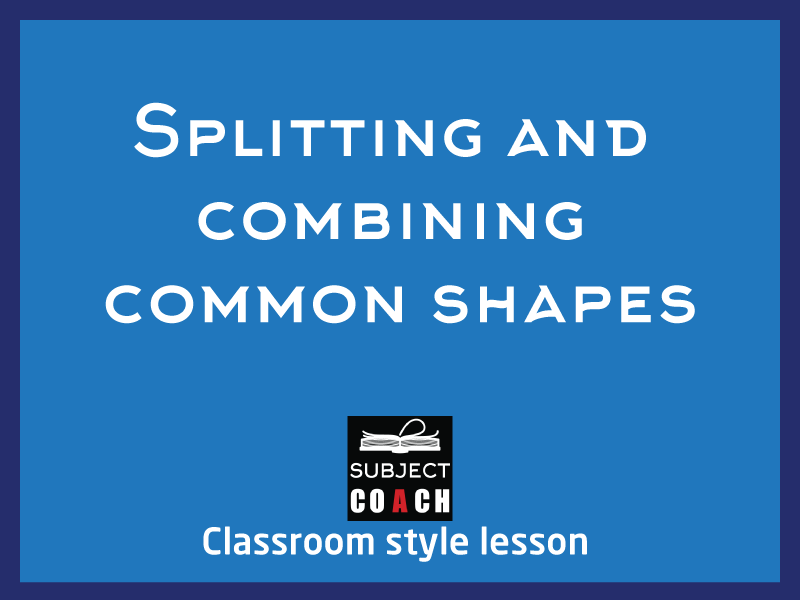
Splitting and combining common shapes
Aim of this video lesson is to compare and describe two-dimensional shapes that result from combining and splitting common shapes, with and without the use of digital technologies...
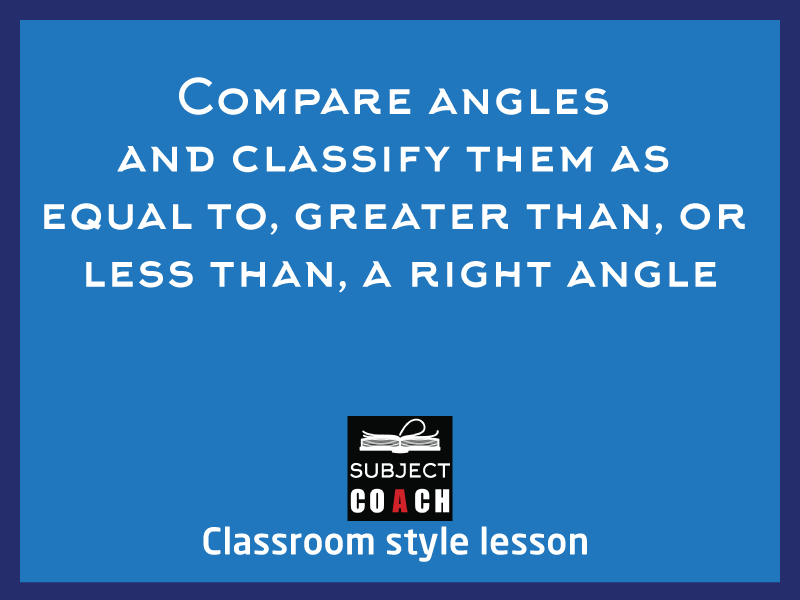
Compare angles and classify them
Aim of this video lesson is to compare angles and classify them as equal to, greater than, or less than, a right angle, we will be creating angles and comparing them to a...
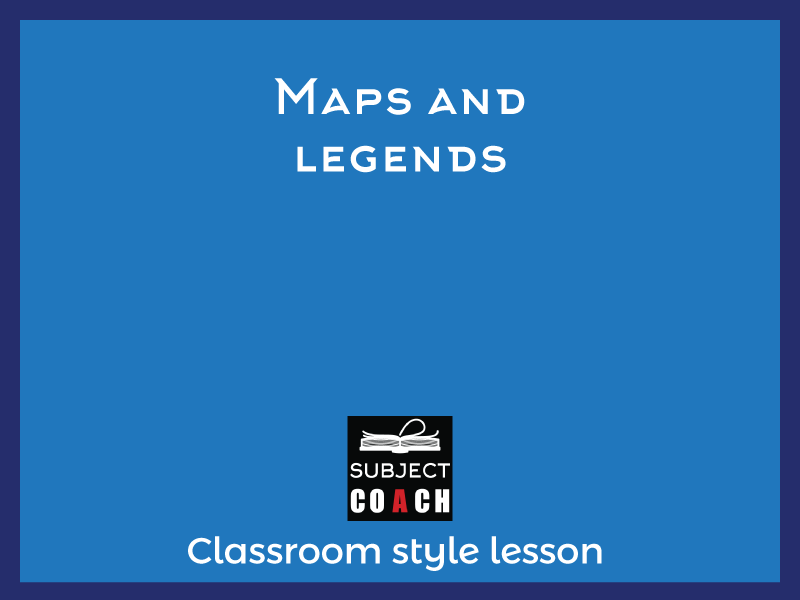
Using scales, legends and directions to interpret basic maps
Aim of this video lesson is to show you how to scales, legends and directions to interpret information contained in basic mapsElaborationsidentifying the scale used on maps of citi...

Chance / Everyday events and order their chances of occurring
Aim of this video lesson is to look into everyday events, describe them and order their chances of occurring,Elaborations using lists of events familiar to students and o...
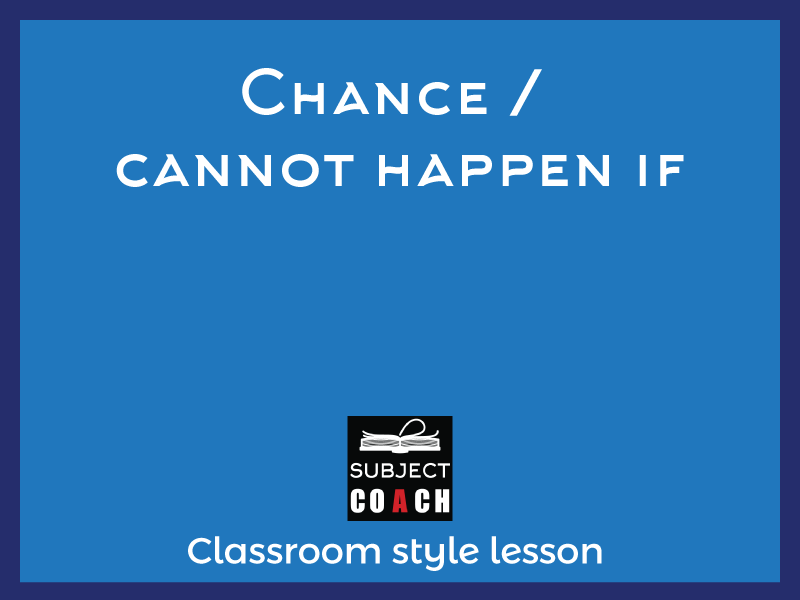
Chance / Cannot happen if
In this video lesson, we will explore and identify some everyday events where one cannot happen if the other happens. We will use different examples to make the concept as clear as...
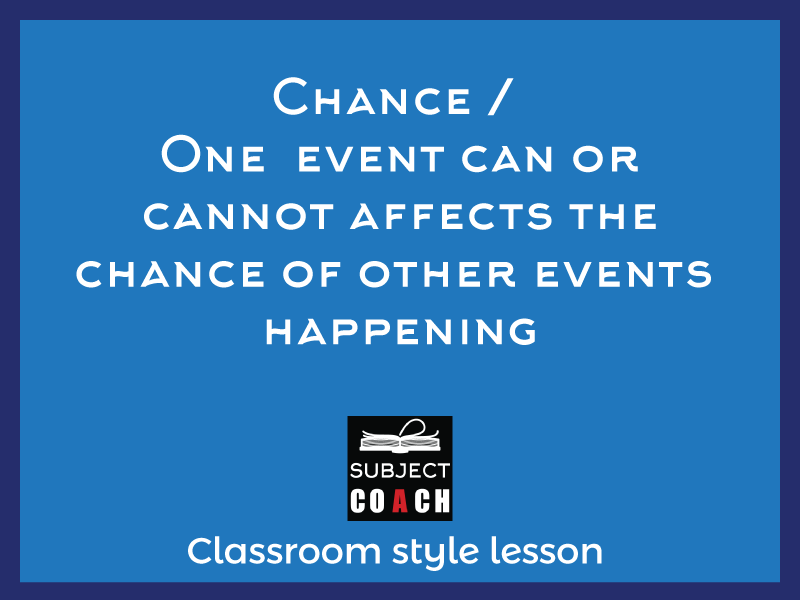
Chances of one event will or will not be affected by the occurrence of other
This video lesson is about probability of an everyday event may or may not get affected by occurrences of other events. We will use familiar example that we used in a couple of les...
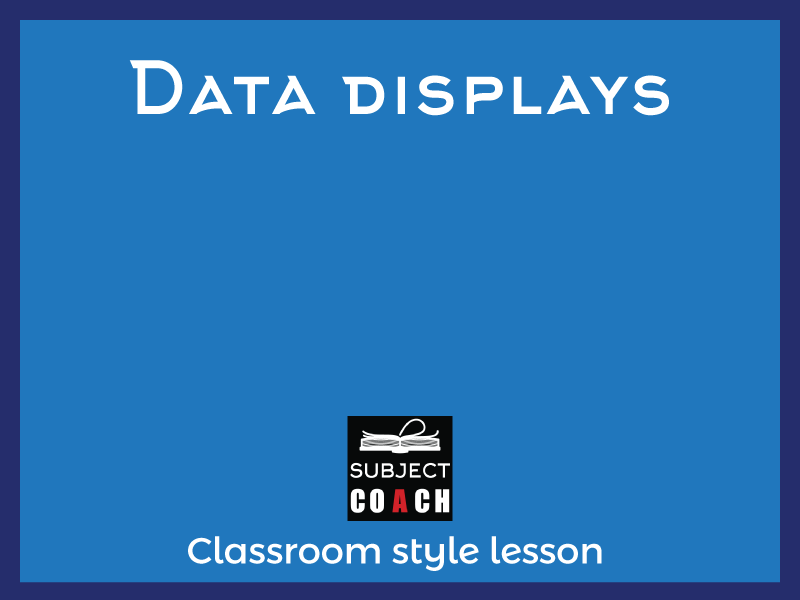
Data tables
Our main aim for this video lesson is to help you understand data tables for that we will construct suitable data displays, from given or collected data. Include tab...
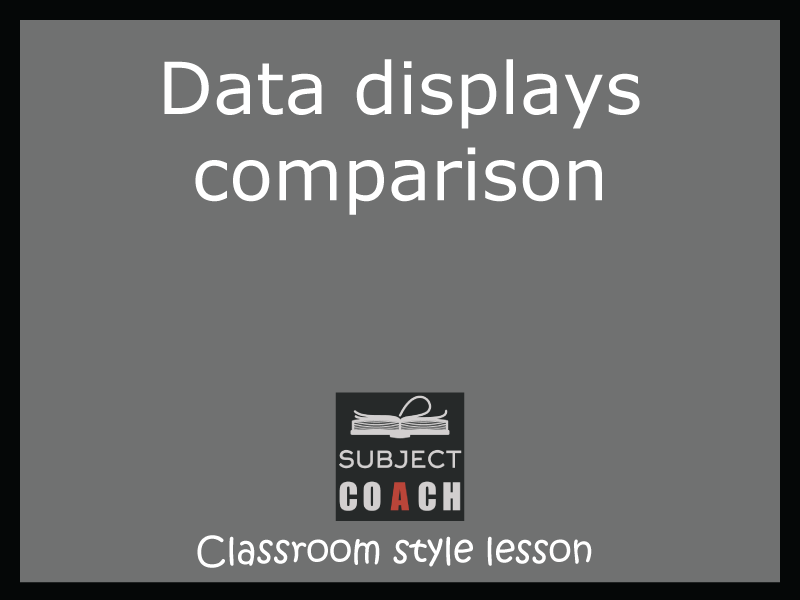
Data displays comparison
In this video lesson, we will be comparing some data displays and Evaluate the effectiveness of different displays in illustrating data features including variabilit...
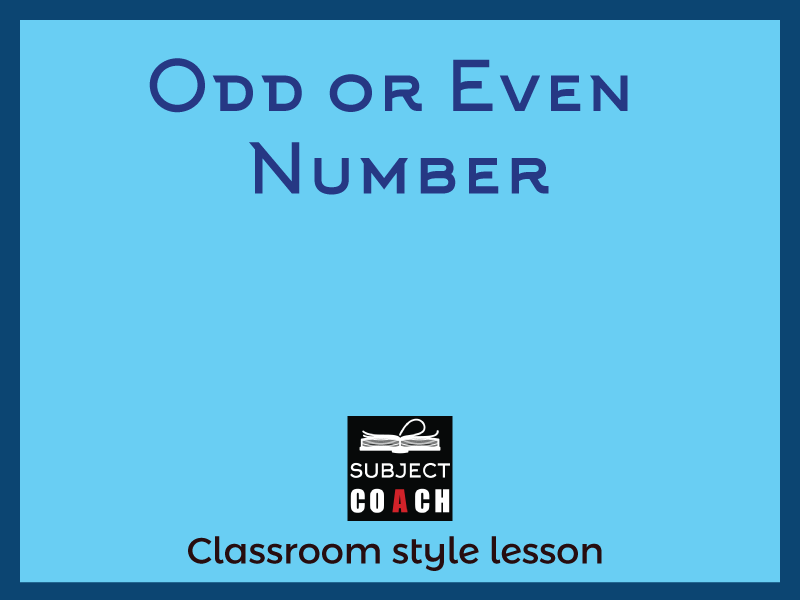
Conditions required for a number to be odd or even
In this video lesson, we will Investigate the conditions required for a number to be odd or even and identify odd and even numbers Elaborationsidentifying even numbe...
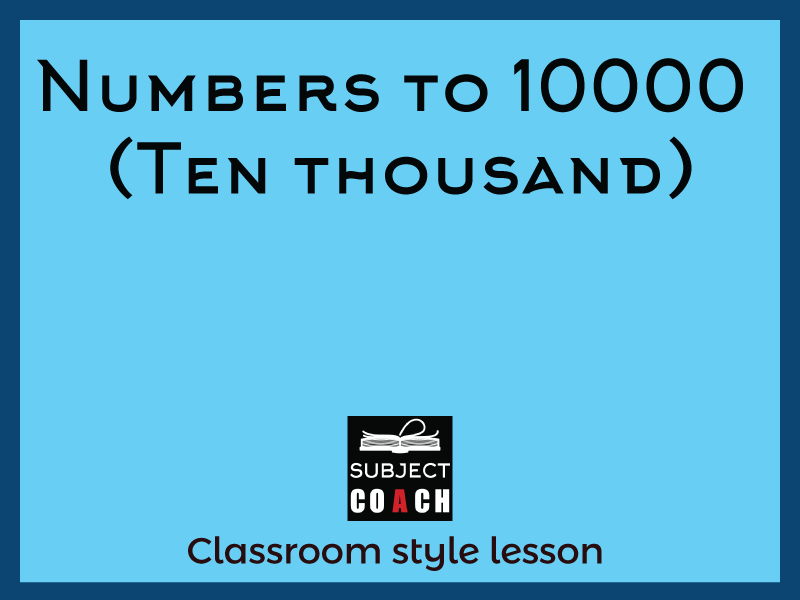
Numbers to 10000 (Ten thousand)
In this video lesson, we will look into recognising, modelling, representing and ordering numbers to at least 10 000 Elaborationsplacing four-digit numbers on a number line us...